Affiliate links on Android Authority may earn us a commission. Learn more.
Nexus 6 vs Nexus 5: early look
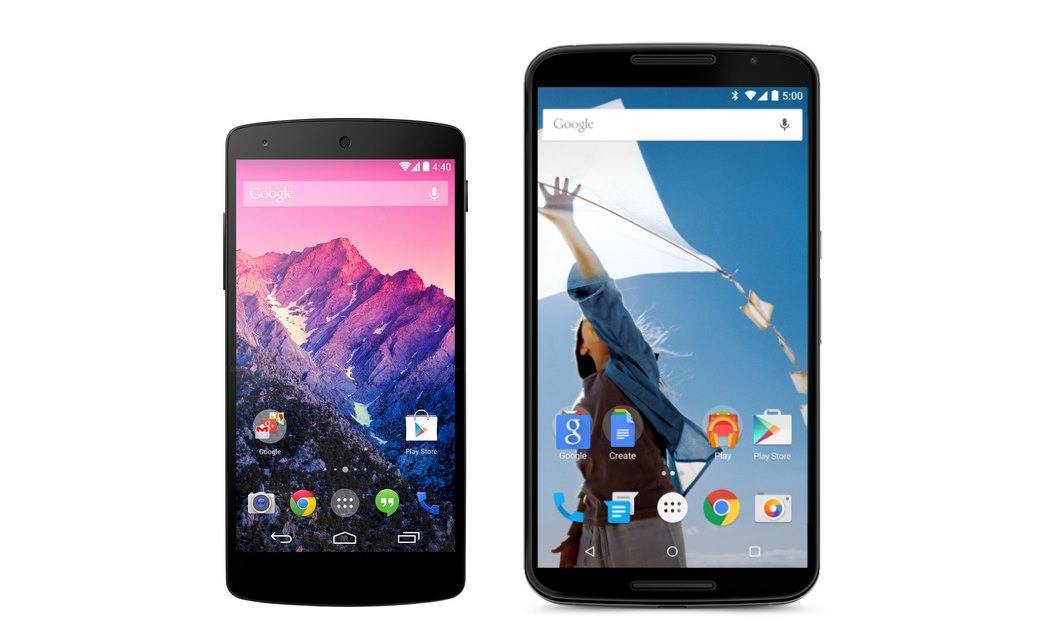
After months of rumors and speculation, Google took the wraps off the highly-anticipated Nexus 6 last week. Manufactured by Motorola, the latest addition to the Nexus line takes things to a whole other level, or, in this case, a whole new size.
But sometimes bigger isn’t better, especially if the increased size comes with a suitably large price tag. Complicating the choice, Google has kept the smaller Nexus 5 on sale in the Play Store.
So what does the Nexus 6 bring to the table when compared to its predecessor? Let’s find out, as we examine some of the differences between the Nexus 6 and Nexus 5!
Design
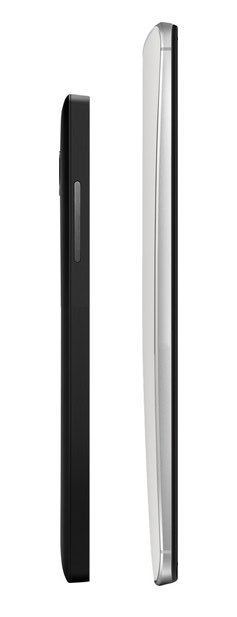
Obviously, the biggest difference between the two devices is their size. While Motorola has done its best to keep the device at a reasonable size, but the thin-bezeled Nexus 6 is still a giant next to its predecessor, due to that massive 5.9-inch display. There’s been a lot of discussion over whether adopting such a large display on the Nexus 6 is a good move, but for now, we’re just glad that a new Nexus smartphone is out there.
In terms of design, the Nexus 5 did take on a more minimalistic look, with its soft touch plastic build material, and clean lines that probably aren’t going to turn any heads.
Google has always made it a point to have Nexus smartphones differ from their flagship OEM counterparts, but that doesn’t look to be the case this time around. The Nexus 6 is eerily reminiscent of the new Moto X, only in a much larger body. You get the same metal frame, curved back design, rear camera with the dual LED flash in a chrome ring around it, and the large, dimpled Motorola logo. Things remain largely the same up front, with the Nexus 6 now featuring front-facing speakers.
While the Nexus 5 may have been a study in modesty, allowing for its performance and software experience to shine through, the Nexus 6 is anything but. With a more premium look and metallic accents, the Nexus 6 offers what many users may have been looking from the Nexus line, but that translates to the price point as well.
Display
When it comes to the display, the Nexus 6 features not only a massive upgrade in size, but an equally impressive jump in resolution as well. The Nexus 5 offered a 4.95-inch IPS LCD display with a 1080p resolution, resulting in a pixel density of 445 ppi, allowing for a fantastic overall viewing experience. In the case of the Nexus 6 though, the display gets a boost to a 5.9-inch monster, with Quad HD resolution, resulting in a pixel density of 496 ppi.
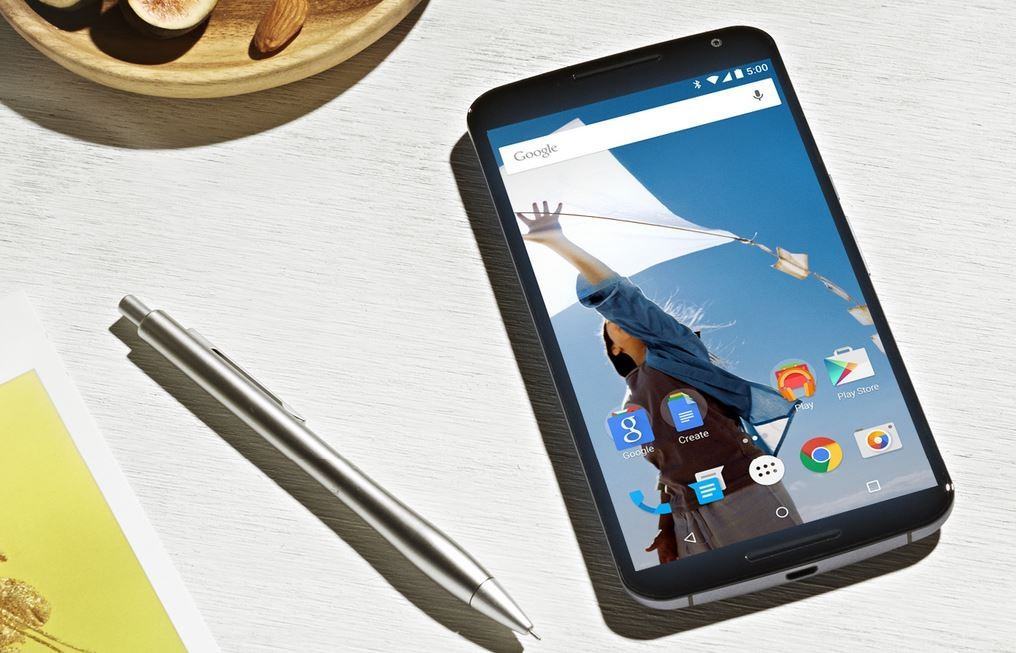
Another big difference is the screen technology – on the Nexus 5 you get LCD, while the Nexus 6 offers AMOLED. Many prefer AMOLED thanks to its deeper contrast and great viewing angles, but the more true-to-life LCD has its proponents too.
We’ll update this comparison as soon as we get the Nexus 6 and we can see precisely just how nice that crisp screen is. For now, we can say that, size difference aside, both phones offer great viewing experience, and the lower nominal density of the Nexus 5 should not deter you from trying it out.
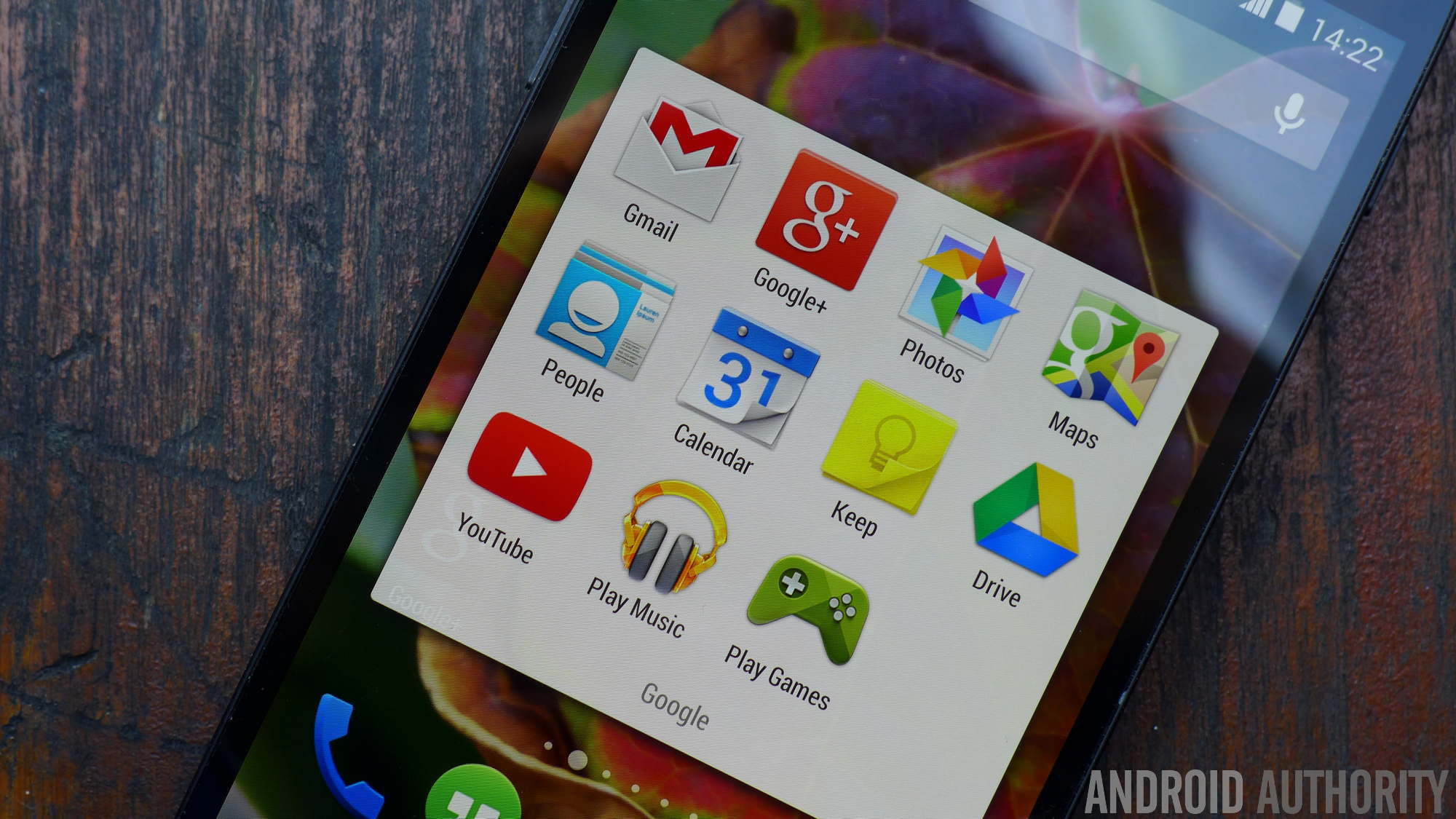
Hardware
Performance is one area where Google generally doesn’t compromise. That was true for the Nexus 5, which featured the best processing package available at the time, and it continues with its successor. With its quad-core Qualcomm Snapdragon 805 processor, Adreno 420 GPU, and 3GB of RAM, the Nexus 6 should fly through the elements of the stock Lollipop experience. This processing package is found only on the Samsung Galaxy Note 4 for now, and we know how good the performance is in that case.
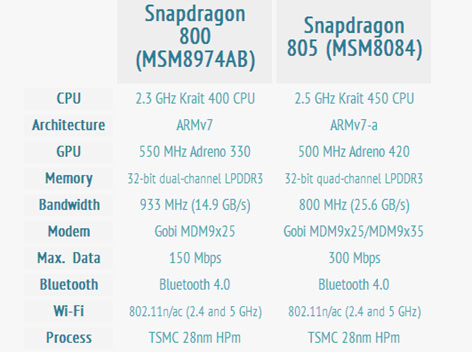
No Nexus device has ever featured expandable storage, and the Nexus 6 is no different. The Nexus 5 was available in 16GB and 32GB variants, though for most users the 16GB option proved insufficient, especially with no expandable storage. So it’s a great move on Google’s part that the Nexus 6 is available in 32GB and 64GB flavors, with the additional free Google Drive storage alleviating any further storage concerns. The usual bevy of connectivity options are available on both devices, and the latest Nexus smartphone offers wireless charging, just like its predecessor.
The Nexus 5 came with a relatively small 2,300 mAh battery, that was more perfectly functional, but did leave some users disappointed – put bluntly, the Nexus 5 will likely not get you through a day of moderate usage. The huge upgrade in size, display resolution, and specifications definitely warrants a larger battery in the case of the Nexus 6, and its 3,200 mAh battery unit should do a decent job, though that remains to be determined in a hands-on test. The beefy battery on the Nexus 6 is great, but the icing on the cake is Motorola’s turbo charging feature, which lets the device power up significantly faster than conventional charging devices.

Camera
The camera was an area where compromise was evident in the case of the Nexus 5. While the 8MP rear unit allowed for relatively decent image quality, it was nowhere close to the photography capabilities of its Android flagship siblings.
That looks to have changed with the Nexus 6. While the camera interface remains as minimalistic as ever, the 13MP rear camera of the device should allow for better capturing, and, at least on paper, looks to be far more competent than its predecessor. Of course, we’ll have to wait and see how its performance compares to the current crop of top smartphone cameras, but signs are encouraging.
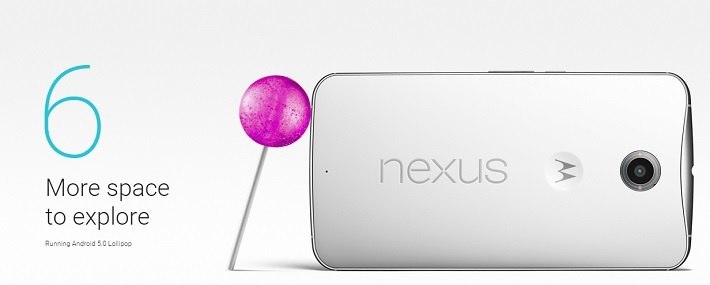
Software
In terms of software, the Nexus 6 boasts the latest stock Android Lollipop experience, and all that it entails. Of course, being a Nexus device, the Nexus 5 will be one of the first to receive the update to Android 5.0, so whenever it is released, the software experience on both smartphones should be identical.
One feature that the Nexus 6 has and the Nexus 5 doesn’t is Ambient Display, which is basically the stock Android equivalent of Motorola’s Active Display feature. This shows notifications on the screen as soon as you pick it up, and lets you wake up the device with a double tap on the screen. This feature is coming to select devices dependent on their hardware, but it looks likely that the Nexus 5 doesn’t meet the requirements.

We’ll take a close look at the features of Lollipop and how they translate to the screens of our two contenders in a future hands-on comparison. As a refresher, some of the most important user-facing changes include a new lockscreen, smarter, floating notifications, a redesigned notifications and quick settings screen, the revamped recent apps feature, as well as general Material-themed updates to UI. Google also packed Lollipop with new features for developers, including the big new Camera 2 API that should let manufacturers make the most out of the device’s imaging hardware.
Specs comparison
| Nexus 6 | Nexus 5 | |
|---|---|---|
Screen | Nexus 6 5.96" AMOLED | Nexus 5 4.95" LCD |
Resolution | Nexus 6 1440x2560 | Nexus 5 1080 x 1920 |
SoC | Nexus 6 Snapdragon 805 | Nexus 5 Snapdragon 800 |
CPU | Nexus 6 4x 2.7GHz Krait 450 | Nexus 5 4x 2.3GHz Krait 400 |
GPU | Nexus 6 Adreno 420 | Nexus 5 Adreno 330 |
RAM | Nexus 6 3GB | Nexus 5 2GB |
Storage | Nexus 6 32/64 GB | Nexus 5 16GB/32 GB |
MicroSD | Nexus 6 no | Nexus 5 no |
Rear Camera | Nexus 6 13MP (OIS) | Nexus 5 8MP |
Front Camera | Nexus 6 2MP | Nexus 5 1.3MP |
Battery | Nexus 6 3220 mAh | Nexus 5 2300 mAh |
Pricing and final thoughts
There’s no doubt that the Nexus 5 has its shortcomings, but what makes those “cut corners” easy to forgive is the unbeatable price tag. With the glaring exception of the OnePlus One, it’s still difficult to get even a solid mid-range smartphone for the price at which the Nexus 5 is available. Pros (good performance, good design) and cons (poor camera and battery life) aside, what made the Nexus 5 so incredibly popular was its price point.
That continues with the Nexus 6, but only to some extent. The Nexus 6 is pricier than its predecessor, which is understandable given the massive upgrades the device features. But while the difference may not be as significant anymore, it is still more reasonably priced that other Android flagships that are currently available. And, if our early impressions are correct, the corner-cutting may be a thing of the past.
In a lot of ways, the Nexus 5 was the smartphone for everybody, and it just felt right. Unfortunately, that isn’t exactly the case with the Nexus 6, that could possibly isolate a large part of the consumer market because of its size. But if that is something you’re looking for, or at the very least, don’t mind, then the Nexus 6 is basically the embodiment of everything one could hope for from the latest Nexus smartphone – top of the line specifications, solid build quality, great camera, and fantastic software experience, all to be enjoyed on a massive Quad HD display.